
Zip’s principles for building products in the Age of AI
Find out how Zip designs for solving real-world problems with every new product.

At Zip, we are incredibly excited about the power of AI to accelerate the future of procurement. We know our customers seek cutting-edge AI-powered products that are practical, trustworthy, and secure.
This is why we have been thoughtfully integrating AI into Zip products since 2023, and we are thrilled to bring even more AI-powered process enhancements to Zip that will elevate the day-to-day role of procurement even further.
Our approach to AI is rooted in the same principled framework that informs all of our product innovations—from Intake to Procurement Orchestration—and now generative AI. These principles ensure that we focus on designing for high-value use cases that ultimately accelerate the workflows of those who use our products every day.
1. Begin by solving real-world user problems
Artificial Intelligence is a powerful tool in our extensive toolkit, but its utility depends on a deep understanding of our users and their workflows.
AI is great for automating and enhancing many aspects of procurement, like process guidance, document extraction, and vendor consolidation, but it’s not ideal for everything. At Zip, we tend to focus our efforts on solving the real problems facing procurement teams day-to-day.
From research with our customers, we’ve found companies may have an #ask-procurement Slack channel for purchasing questions, or rely on lengthy policy documents that are often difficult to read—or even locate in the first place. This is a problem that Large Language Models (LLMs) were directly designed to solve.
This is why we built an always-on Zip AI assistant for answering questions related to purchasing—based on your individual company policies—that lives right where employees already work. AI in procurement should be able to assist and provide immediate answers, exactly when and where they’re needed most.
2. Learn and iterate based on real-world user feedback
It’s no secret that AI doesn’t always get it right the first time. As AI models are built on large, public datasets, proprietary workflows based on a company’s unique cross-functional processes can sometimes fail to produce intended results.
This is why we built mechanisms within Zip for users to provide feedback, ensuring our models improve and refine over time. When Zip AI presents feedback on risk analysis for a vendor agreement, for example, users have the ability to flag or remove suggestions directly within the app—training the model to learn and understand context in the future.

3. Trust is earned by building safety into every step of the process
Due to the sensitive nature of procurement workflows, we already maintain the highest privacy and security standards, and with AI there is no exception.
We’re committed to ensuring our AI features are ethical, transparent, and safe. We rely on open-source data, synthetic test data, and our own internal documents for model training and ensure zero-day retention for model training and evaluation.This approach ensures that our solutions are secure and compliant with existing procurement workflows, and customer data can never be compromised.
4. Build graceful fallbacks to get the job done right
Along with integrating robust feedback loops, we also deeply consider how to provide graceful product experiences for the times the AI doesn’t get it right.
As the potential of AI continues to evolve, occasional errors are inevitable. This is why we make sure to design the experience in a way that empowers users to make necessary adjustments to get their job done, while keeping them in the driver’s seat.
For Zip’s AI assistant, we started with the most common procurement use cases, understanding that it’s impossible to always anticipate what a user might type into the query box. When the assistant can’t answer, we’ve implemented graceful fallbacks that redirect the conversation to known topics, ensuring continuous support, effectiveness, and compliance.
For example, requestors always have the opportunity to review extracted metadata for confirmation before submitting at intake, or review document metadata after bulk imports.
While AI works to accelerate processes, all generative output is always available for review and optimization.

5. The future of procurement is bigger than AI
Incorporating AI into our products is a significant step in Zip’s mission to increase the pace of innovation for every business in the world, but it’s not our end goal.
We approach our work with a deep passion for design and user experience, and AI is just one of the tools that can help us achieve that. At the end of the day, it’s about applying new technologies in ways that make the most sense and solve our users’ problems most effectively.
For some problems, AI is the best tool to help us solve these problems, but for others it may just be about simplifying workflows to be as easy as possible for our users.
Practical AI applications like those built into Zip empower teams to make smarter decisions, work efficiently, and focus on the strategic tasks that drive value across businesses. This is why our vision takes a considered approach to integrating AI thoughtfully where it is needed, in order to elevate the role of procurement within organizations.
Creating procurement intelligence that works for you
At Zip, we are committed to embedding AI into our products wherever it can solve real user problems, and will meet the needs of our customers today, tomorrow, and beyond.
If you’d like to learn more about our latest AI innovations, visit our website.

Maximize the ROI of your business spend

Enter your business email to keep reading



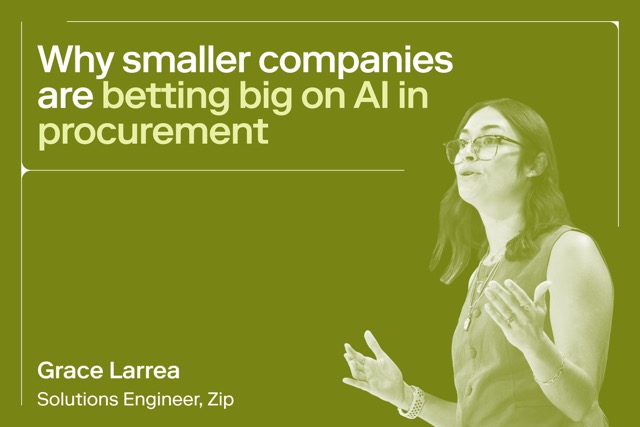

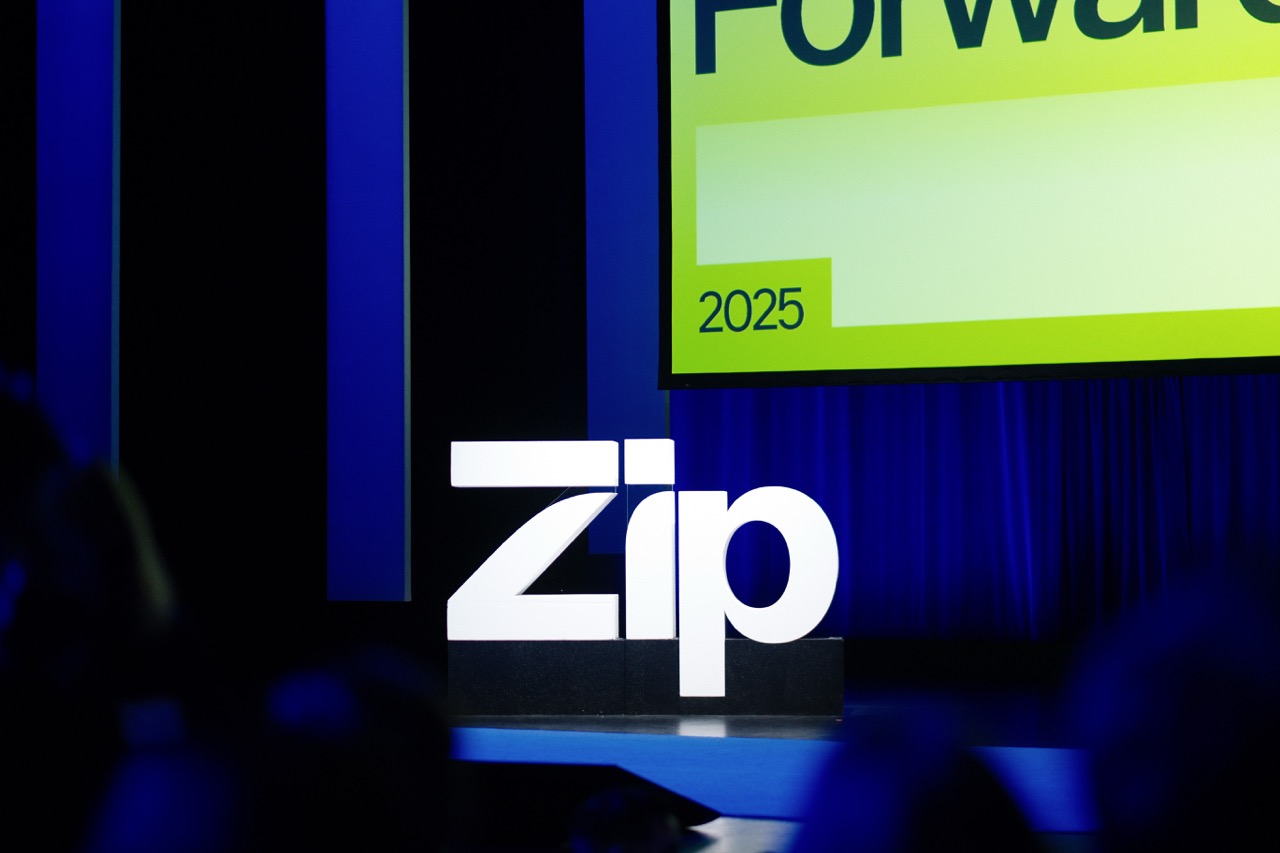
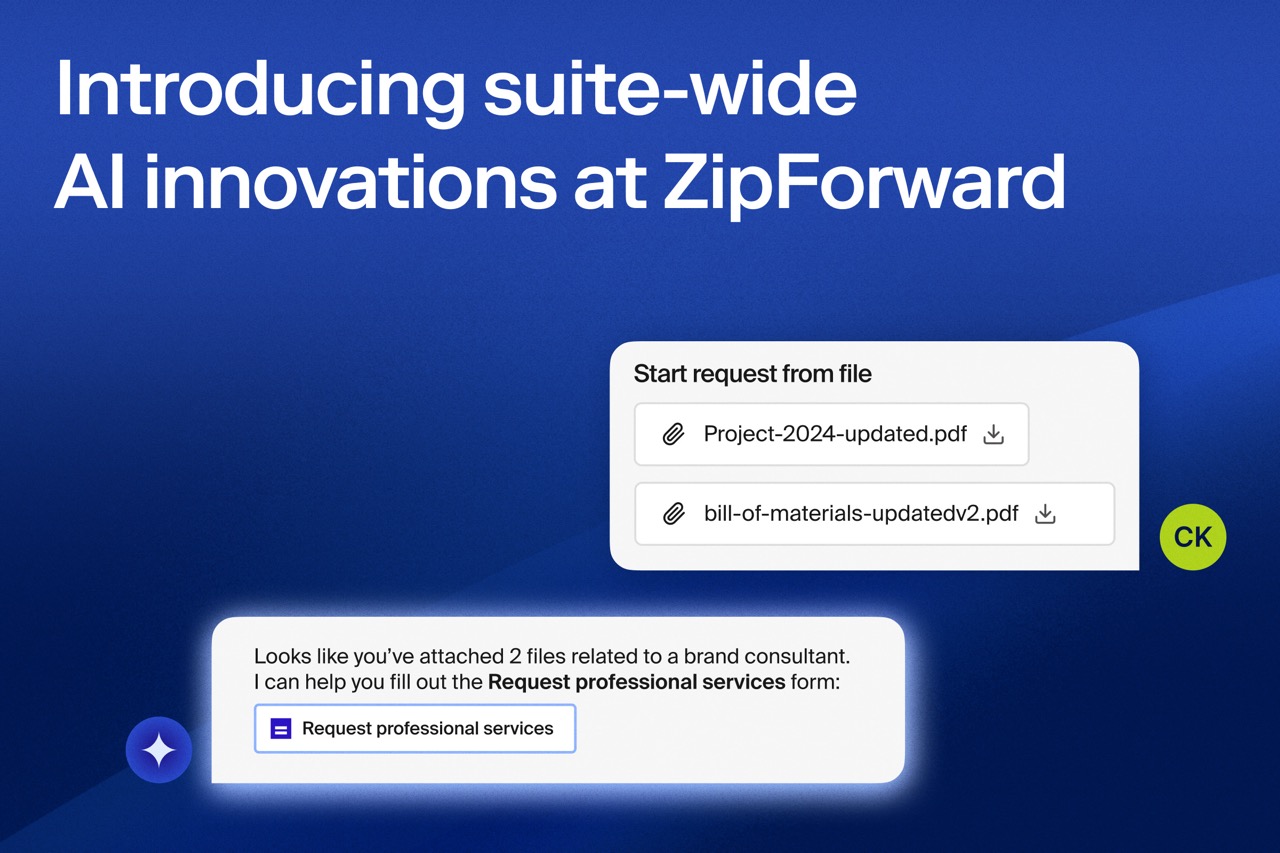
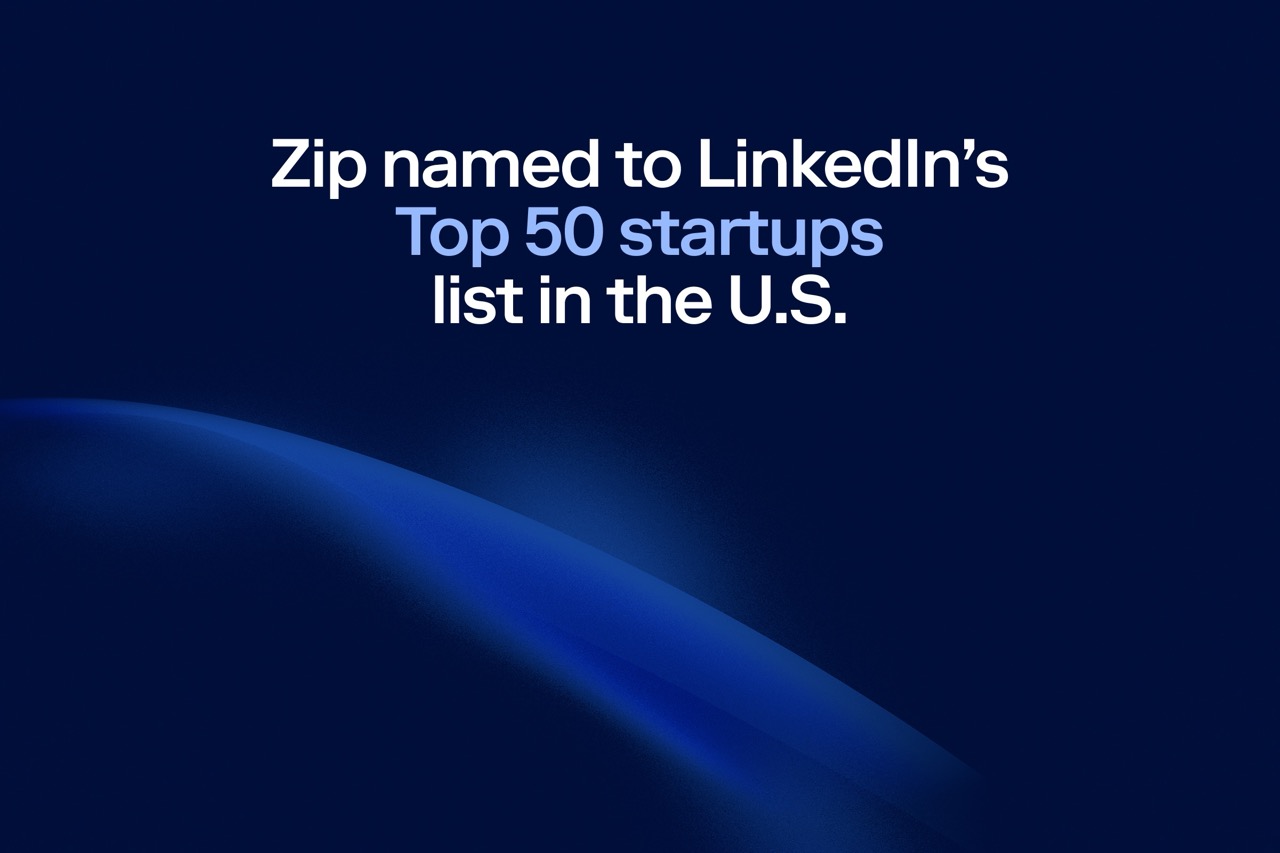

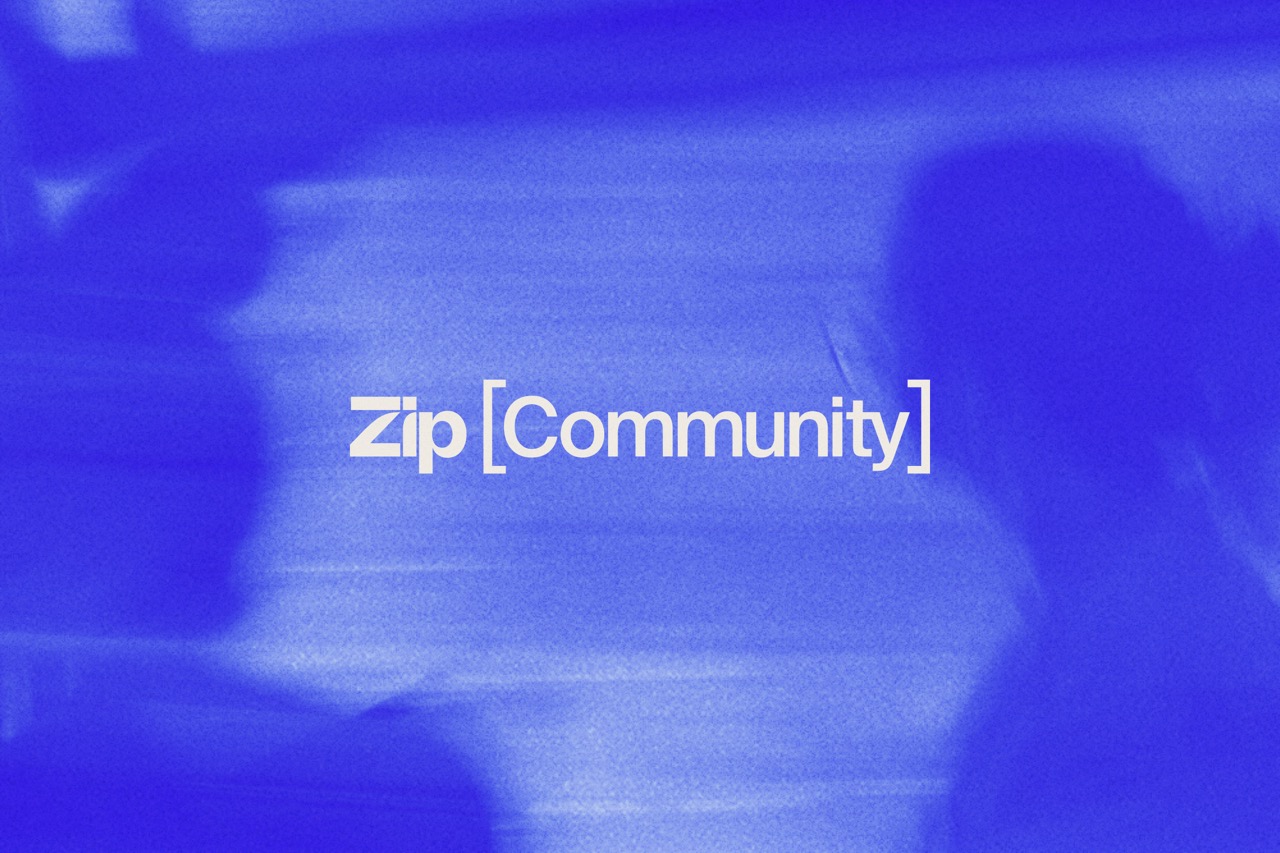
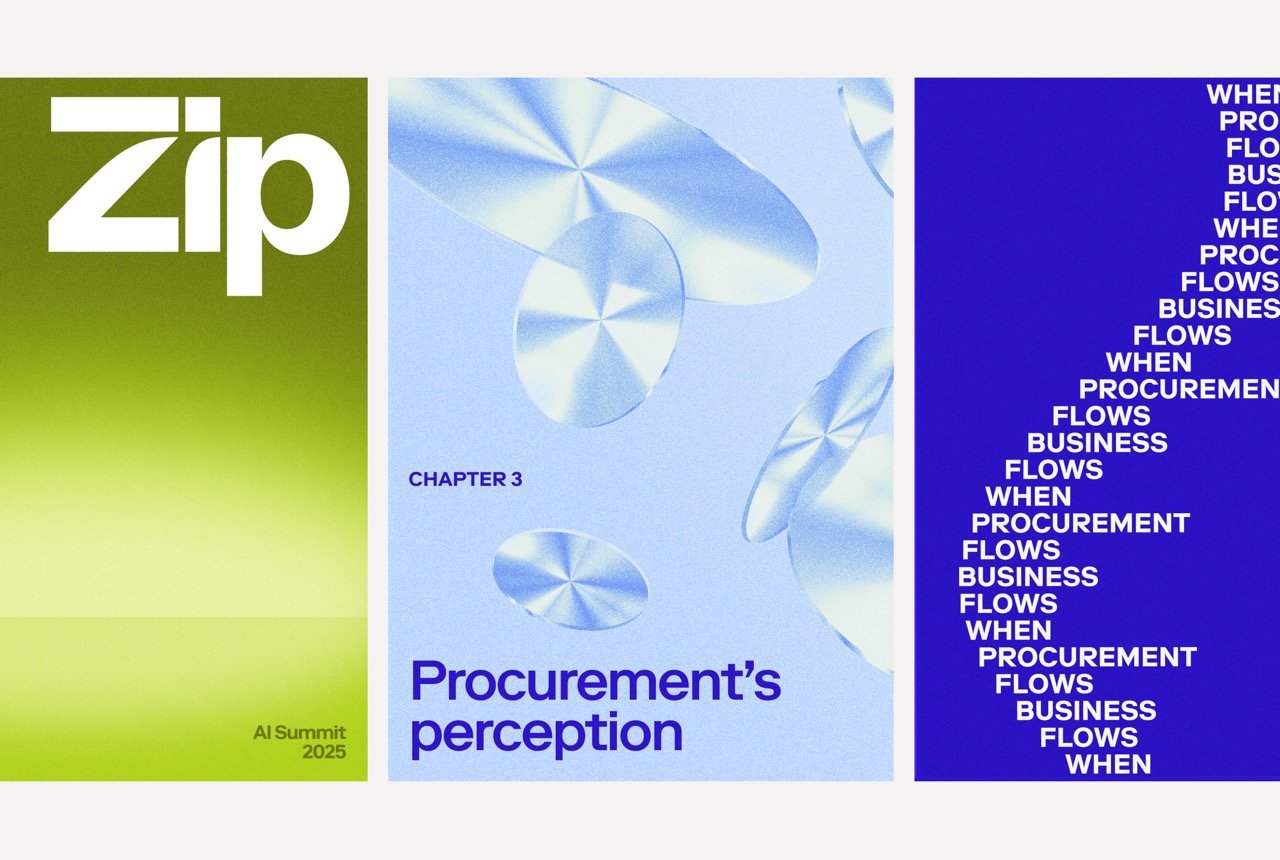
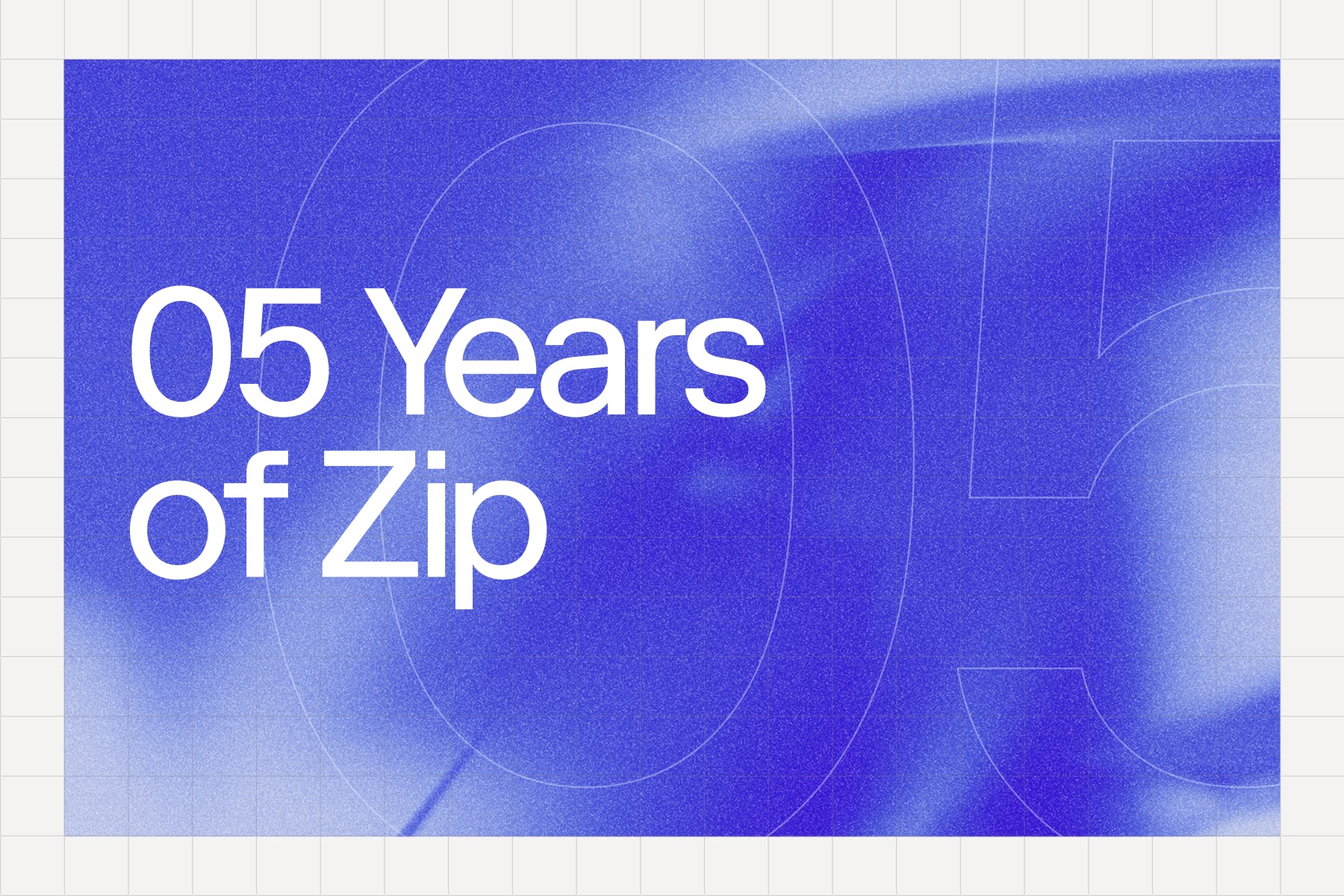





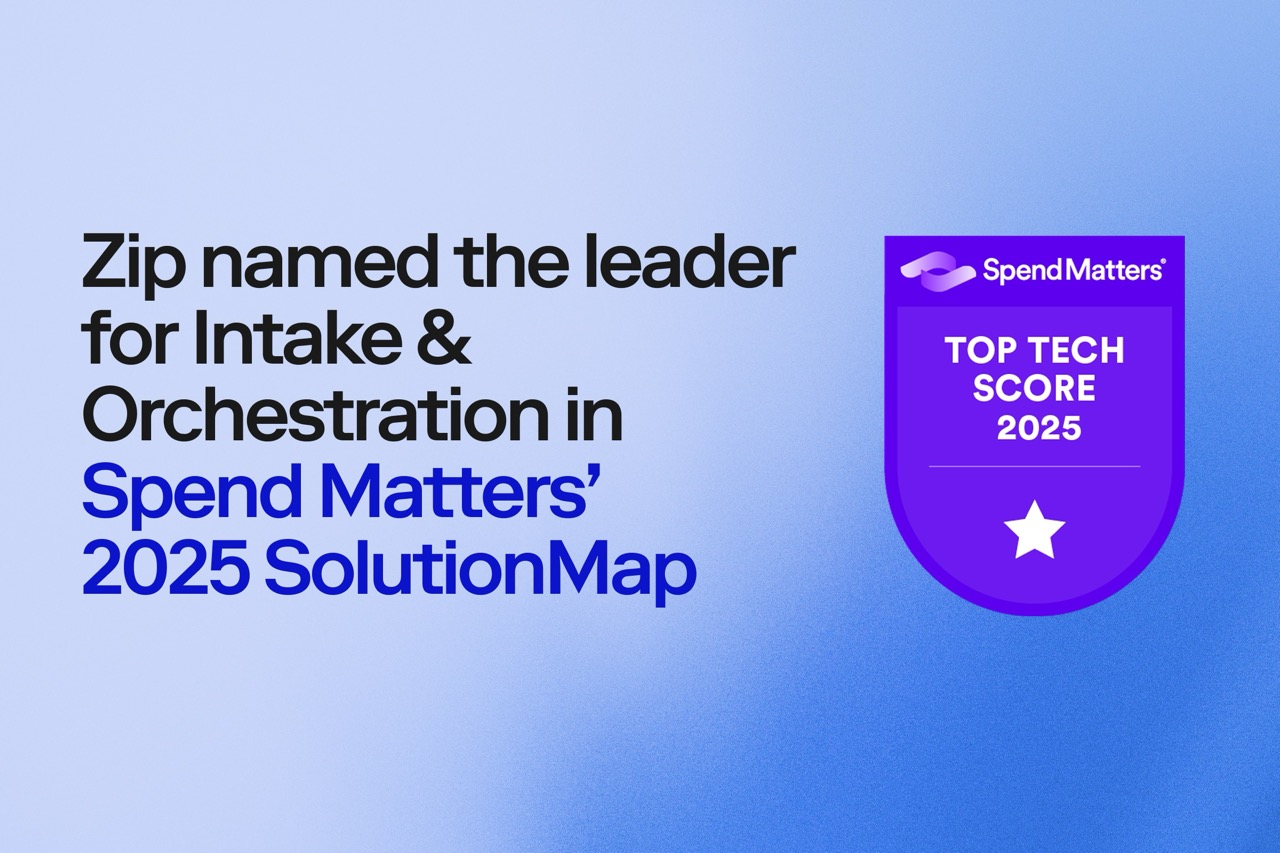
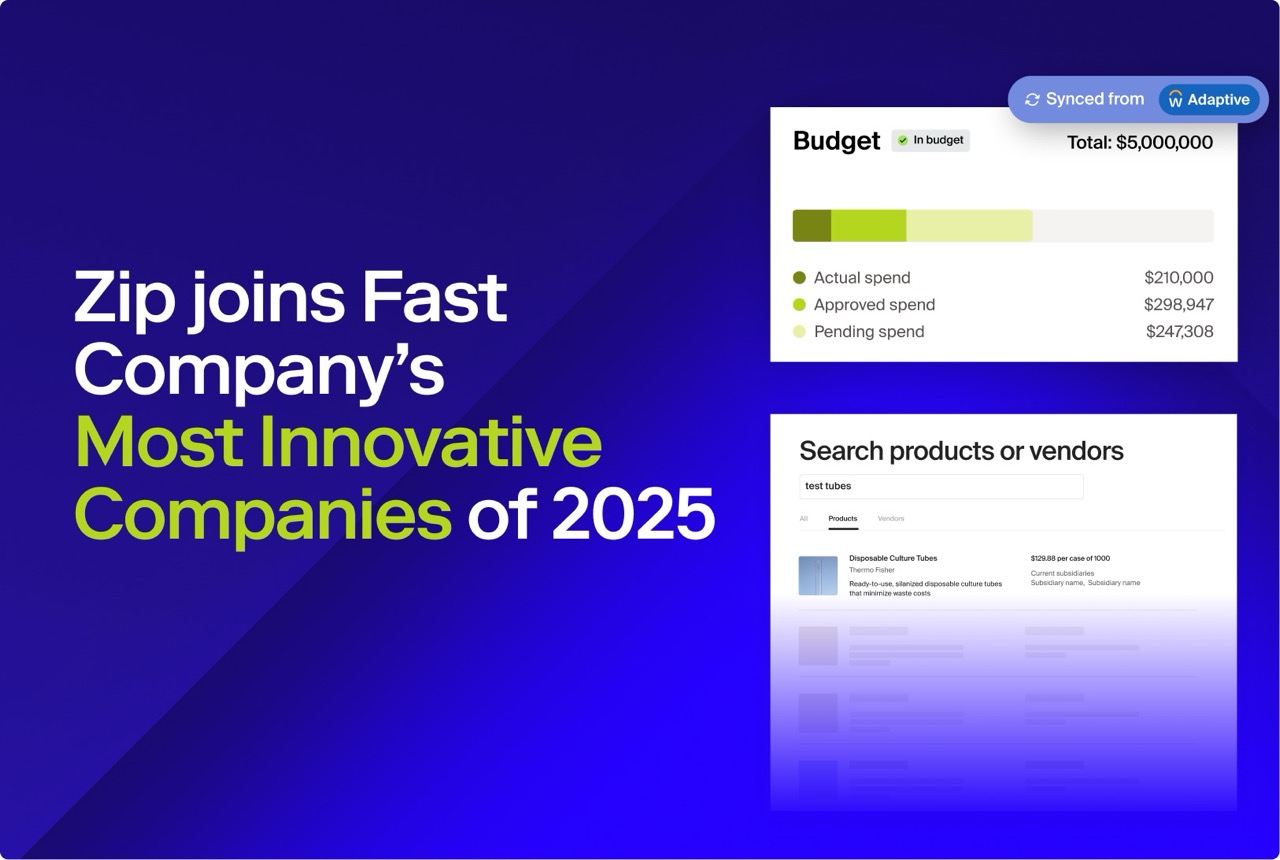

.webp)

%20(1).webp)







.avif)
%20(1).avif)



.avif)
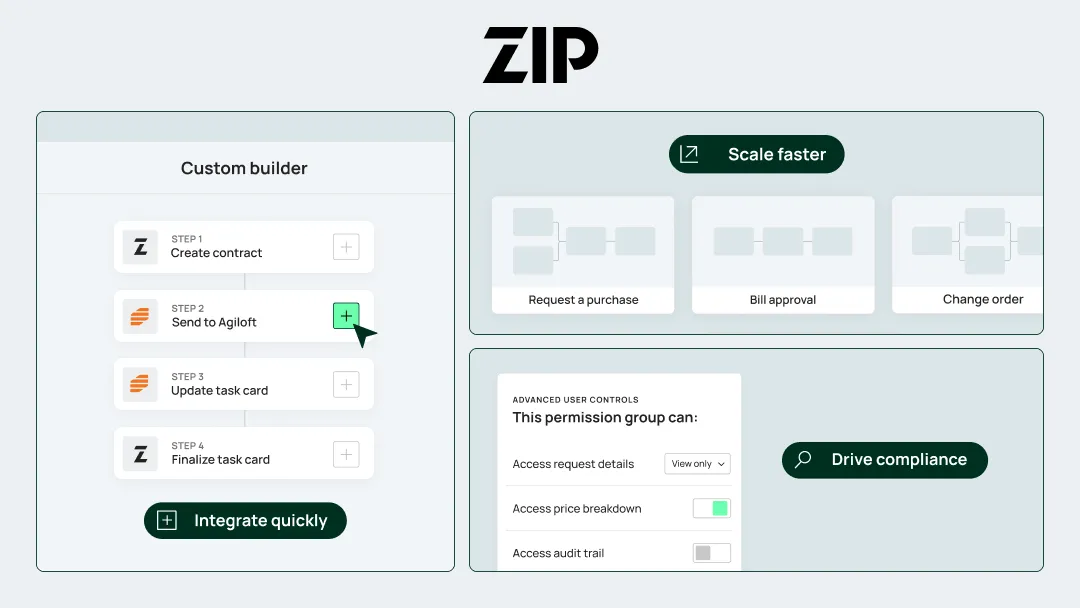



.webp)

